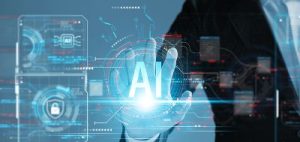
Use of Cloud Computing is now standard practice across federal, state, and local government agencies, but that does not mean the technology is growing stale. Organizations are finding new ways to use the flexibility of cloud computing to deliver on their missions.
Radio in the Clouds
The National Oceanic and Atmospheric Administration (NOAA) is examining options for a "transition from hardware-based ground radio processing to cloud-based software applications." In practice, this would mean digitizing NOAA radio frequencies using devices that are software-driven, rather than traditional hardware-based devices, to support the agency's satellite programs' need for telemetry processing--the reading and transmission of data from a remote source. Continue reading








